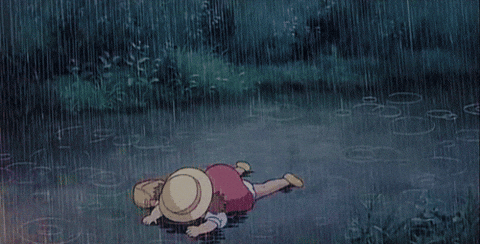- Joined
- Dec 9, 2024
- Messages
- 754
- Level up in
- 246 posts
- Reaction score
- 7,462
- Points
- 3,477
Dx"
Are you made of copper and tellurium? Because you've got a sexy chemistry that’s making me want to experimentAlright here's a question for you guys: What are your best pick-up lines? Try your best, I'll be rating them on a scale from "Oh, no thanks on that one buddy." to "Boy-howsy ma'am or mister, I'm ready to date!"
Are you made of copper and tellurium? Because you've got a sexy chemistry that’s making me want to experiment

Oook ook. Woman. Me like. You me date!Alright here's a question for you guys: What are your best pick-up lines? Try your best, I'll be rating them on a scale from "Oh, no thanks on that one buddy." to "Boy-howsy ma'am or mister, I'm ready to date!"
Are you made of copper and tellurium? Because you've got a sexy chemistry that’s making me want to experiment
Oook ook. Woman. Me like. You me date!
Alright here's a question for you guys: What are your best pick-up lines? Try your best, I'll be rating them on a scale from "Oh, no thanks on that one buddy." to "Boy-howsy ma'am or mister, I'm ready to date!"
I have a really good pick-up line, but, I'll tell you if you kiss me.What are your best pick-up lines?
Side-Note, you have to be attractive and have basic hygiene for this one to work lmaoI have a really good pick-up line, but, I'll tell you if you kiss me.
I like you almost as much as I like Bass.
I have a really good pick-up line, but, I'll tell you if you kiss me.
"Honey are you Delaware? Cos you look a proper state"
Not had much luck with that one yet for some reason
"So, where are you taking me tonight?" (told to a complete stranger, mind).Alright here's a question for you guys: What are your best pick-up lines? Try your best, I'll be rating them on a scale from "Oh, no thanks on that one buddy." to "Boy-howsy ma'am or mister, I'm ready to date!"
"So, where are you taking me tonight?" (told to a complete stranger, mind).
Okay my original approach doesn't work well huh.Alright here's a question for you guys: What are your best pick-up lines? Try your best, I'll be rating them on a scale from "Oh, no thanks on that one buddy." to "Boy-howsy ma'am or mister, I'm ready to date!"


Didn't know about J.F.C (John Fentanyl Cocaine) until today.
I'll go to cry for a bit.


This still goin?
SKEET SKEET I FUCKING HATE YOUUUU < 3
This still goin?
"Is heaven missing an angel, cause you have a nice ass!"Alright here's a question for you guys: What are your best pick-up lines? Try your best, I'll be rating them on a scale from "Oh, no thanks on that one buddy." to "Boy-howsy ma'am or mister, I'm ready to date!"
